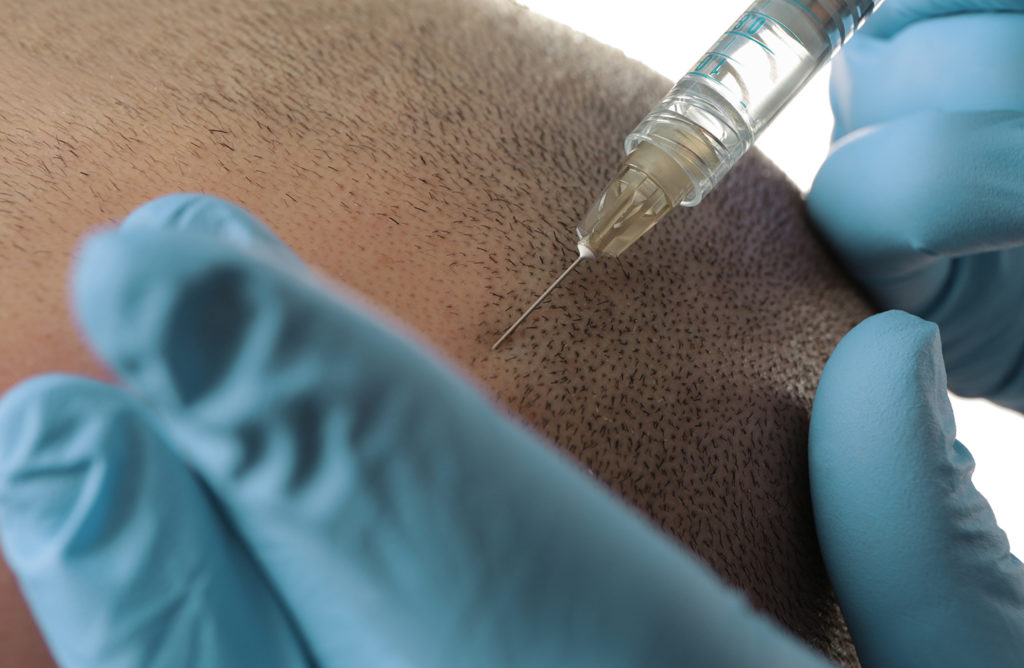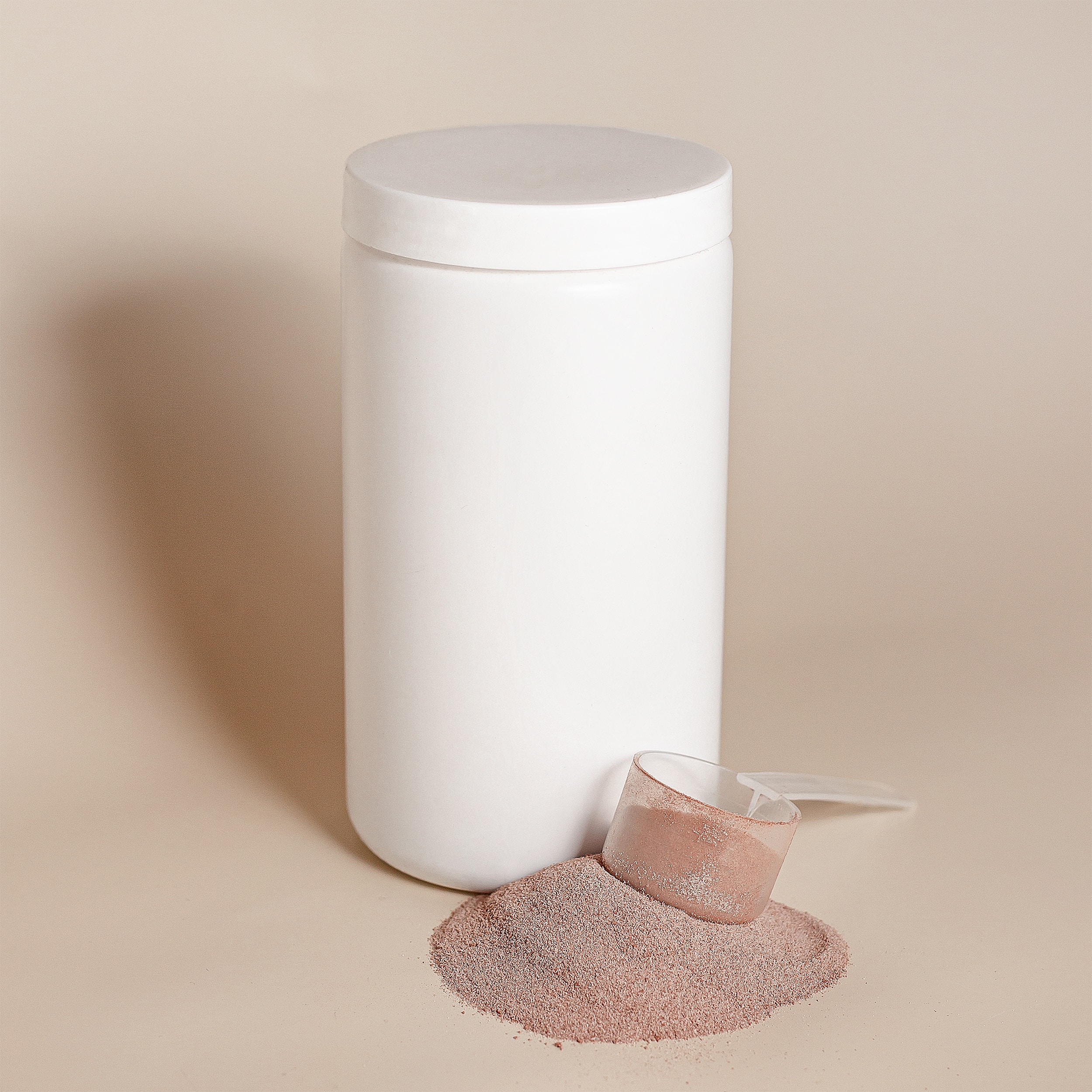
What to consider before undergoing a hair transplant
30th September 2019
If you have spotted that you’re going a little thin on top, or your hairline isn’t what it used to be, you’re in good company – around half of men and a quarter of women will experience hair loss in their lifetime. For some, it’s something that they can happily live with, but if you want to take permanent action, a hair transplant could be the answer. However, before you take the plunge, there are a few things to consider…
Are you a good candidate?
In the majority of men and women who are experiencing hair loss, pattern baldness is the culprit. It’s usually very responsive to hair transplants – especially if the balding has stopped progressing, because the pattern of the hair loss will be more established. This is also why we don’t recommend transplants to younger people, because before the hair loss has relatively stabilised, it’s tricky to work out how your hair will look in future, and the last thing you want is a patchy look if the surrounding hair falls out!
Your suitability also depends on your hair itself. Ideally, you will have healthy hair at the back and sides of the head, as this is typically what will be used for the transplant.
Have you looked into alternative treatments?
Although transplants are a permanent solution to hair loss, we tend to suggest that you try other treatments first – we have many patients come to the clinic seeking transplants, but after assessing their condition, we recommend non-surgical methods to start with instead. Medicines such as Propecia, which strengthens hair and arrests further loss, and Regaine, which is applied to the scalp to encourage stabilising hair loss, are highly effective for many of our patients.
Low-level laser therapy, where the scalp is bathed in light to stimulate the hair on the scalp can work well on thinning hair, as can platelet-rich plasma (PRP) therapy, which involves a patient’s PRP being injected into their scalp to thicken thinning hairs.
Is the clinic reputable?
We’ve all heard the horror stories about Brits travelling abroad for hair transplant surgery, lured by the rock-bottom prices – but, as many patients unfortunately find out when the surgery doesn’t go to plan, it’s cheap for a reason. A number of overseas clinics are illegal and unregulated, and many are staffed by minimally-trained technicians rather than qualified surgeons, potentially leaving patients with disfiguring results and permanent damage.
In the UK, it’s easier to spot which clinics you can trust. It should be affiliated with a standard-setting body such as the International Society of Hair Restoration Surgery and the Care Quality Commission and preferably be owned wholly by surgeons who hold the relevant qualifications. A good surgeon will have strong before and after pictures to show their work and will insist on a face-to-face consultation to assess your suitability before deciding to proceed with your surgery.
Will you be having FUE or FUT surgery?
Follicular unit excision – or FUE – involves groups of hair follicles being extracted individually before being transplanted into the recipient area of the scalp. The benefits of this surgery are that each incision to remove the hair follicles is very small, meaning that it heals quickly and leaves less visible scarring. However, you will need to have the donor area at the back of the scalp shaved.
Strip follicular unit transplantation (FUT) might be a better option for those with more advanced hair loss. A strip of skin – complete with hairs and follicle groups – is removed and dissected to separate each hair follicle group into grafts, which are then inserted into the recipient area. The surgery will leave a linear scar, but generally this will be covered immediately by of your hair.
The recovery process
Although it’s a minimally invasive procedure, you’ll need time to recover, just like for any other surgery, so you’ll be more comfortable taking a few days off work. Most people feel able to return to work within two to five days of a transplant, so make sure you have enough days of annual leave to cover it! You can expect to experience some tenderness and swelling of the scalp, but it shouldn’t be anything that over-the-counter painkillers and a cold compress can’t help with. You’ll also have some crusting around the scalp, so be gentle when you’re washing your hair and, whatever you do, don’t pick at them!
It’s important to note that the results of a hair transplant aren’t immediate – you’ll likely notice some (or all) of the new hairs falling out, but this is normal. You’ll start to notice growth around three to four months after the surgery and the full results within 18 months.
If you’re considering undergoing a hair transplant, or have any questions, why not book in for a free consultation?


